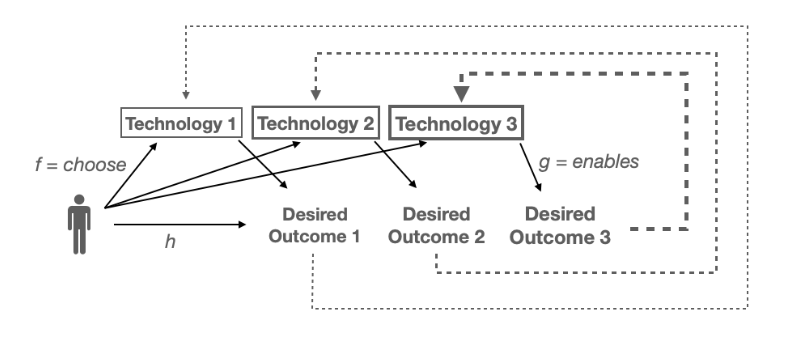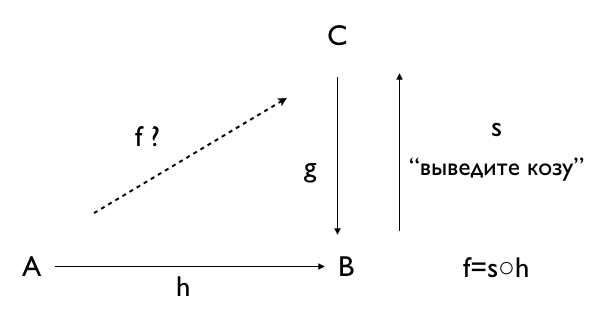(no subject)
Feb. 2nd, 2025 11:18 pmI keep coming back to this video about the relationship between (pre-)sheafs and cohomology. Here he says that "the number one technique in mathematics is turning any problem into a linear algebra problem.
More generally, Lawvere often talks about mapping geometry to algebra.
https://youtu.be/RPuWHN0BTio?si=U0h7YM-3GlcyvnS5&t=1890

D --> J <-- T ( c: D --> T is the solution to a choice problem, per Lawvere).
d: D --> J
e: T --> J
c: D --> T
This diagram is a regular Kan extension problem, with a cohomology twist, i.e. assigning values to both objects and arrows.
More generally, Lawvere often talks about mapping geometry to algebra.
https://youtu.be/RPuWHN0BTio?si=U0h7YM-3GlcyvnS5&t=1890

D --> J <-- T ( c: D --> T is the solution to a choice problem, per Lawvere).
d: D --> J
e: T --> J
c: D --> T
This diagram is a regular Kan extension problem, with a cohomology twist, i.e. assigning values to both objects and arrows.








